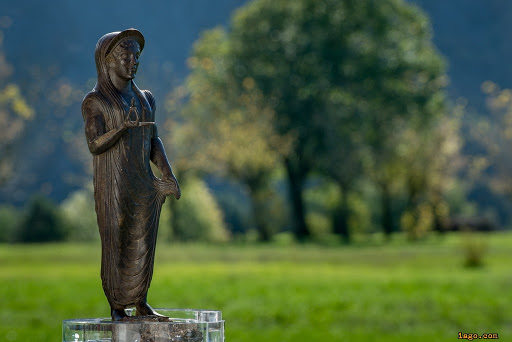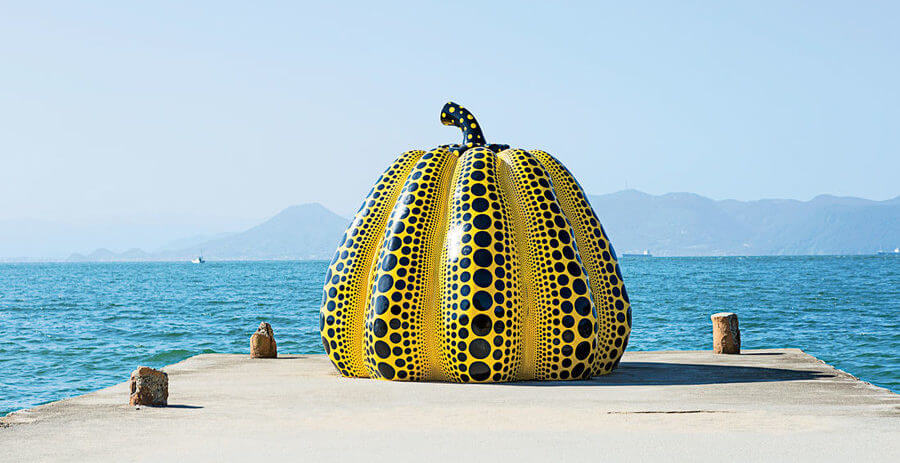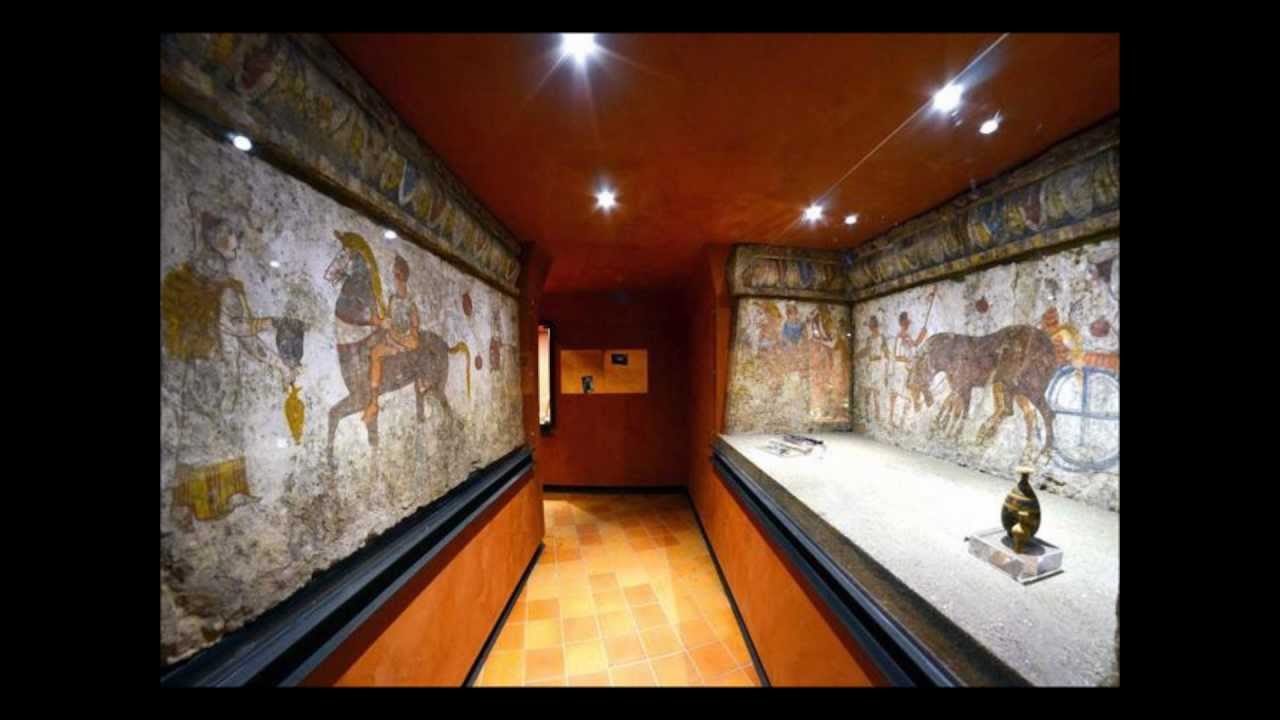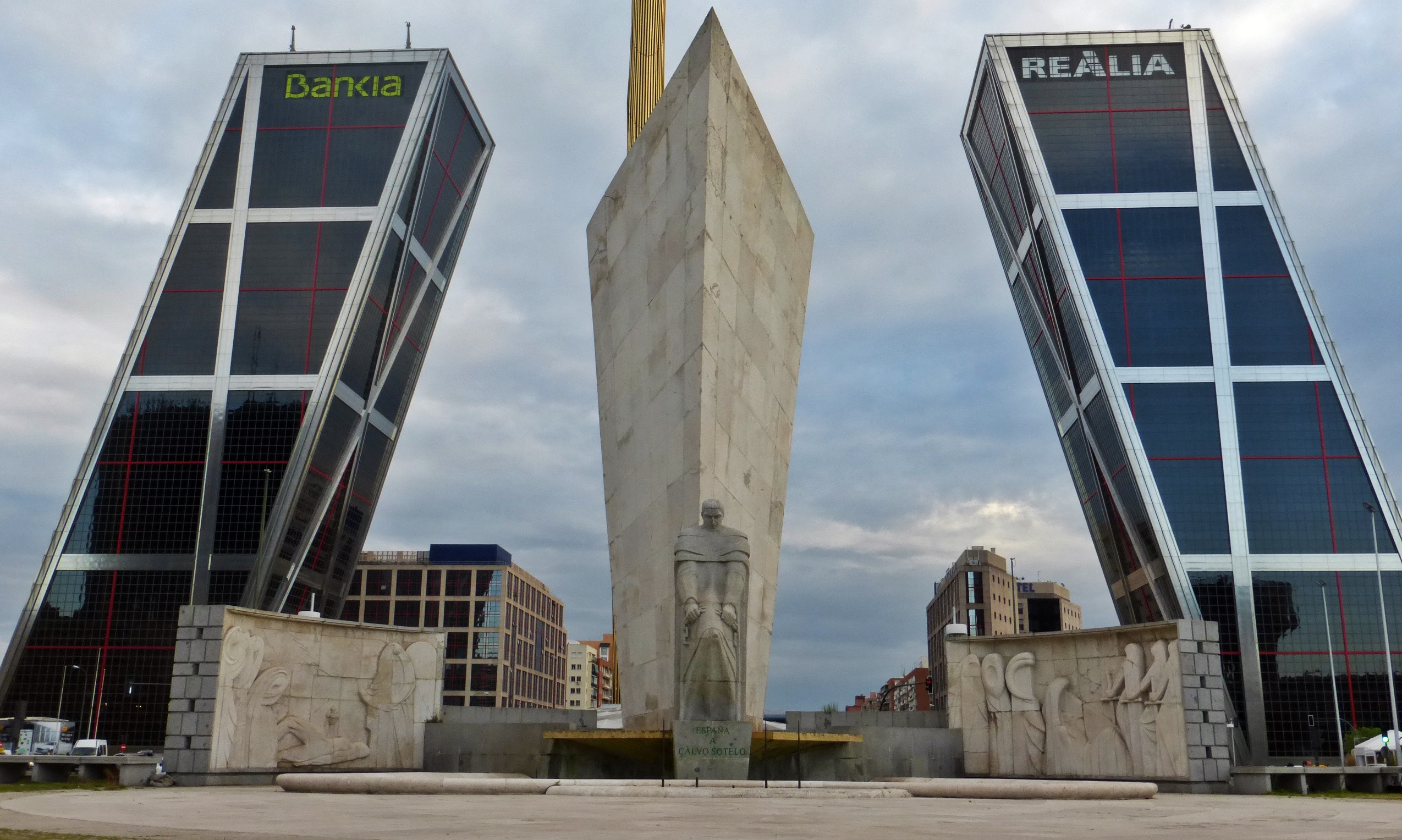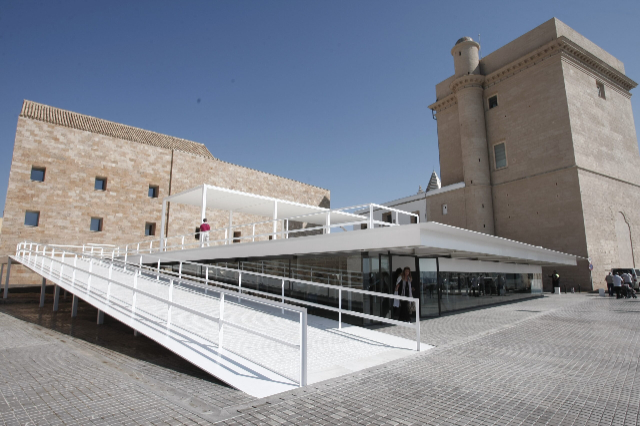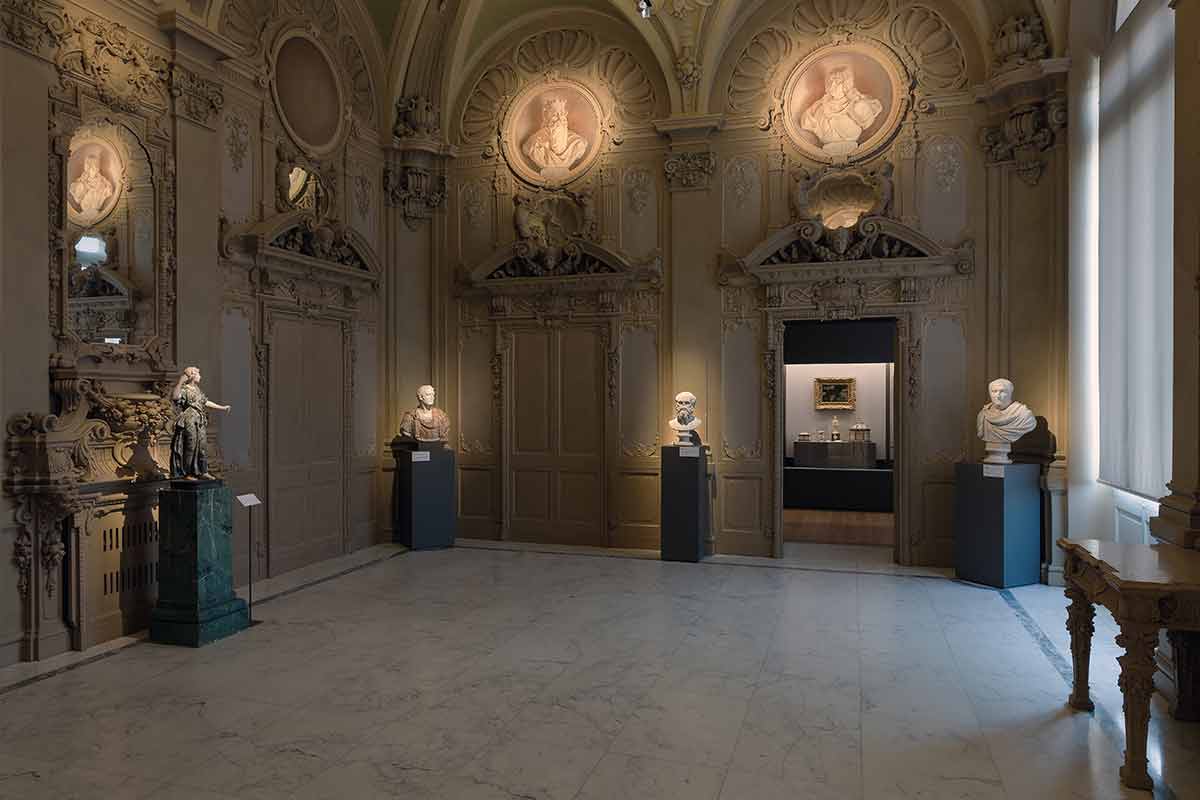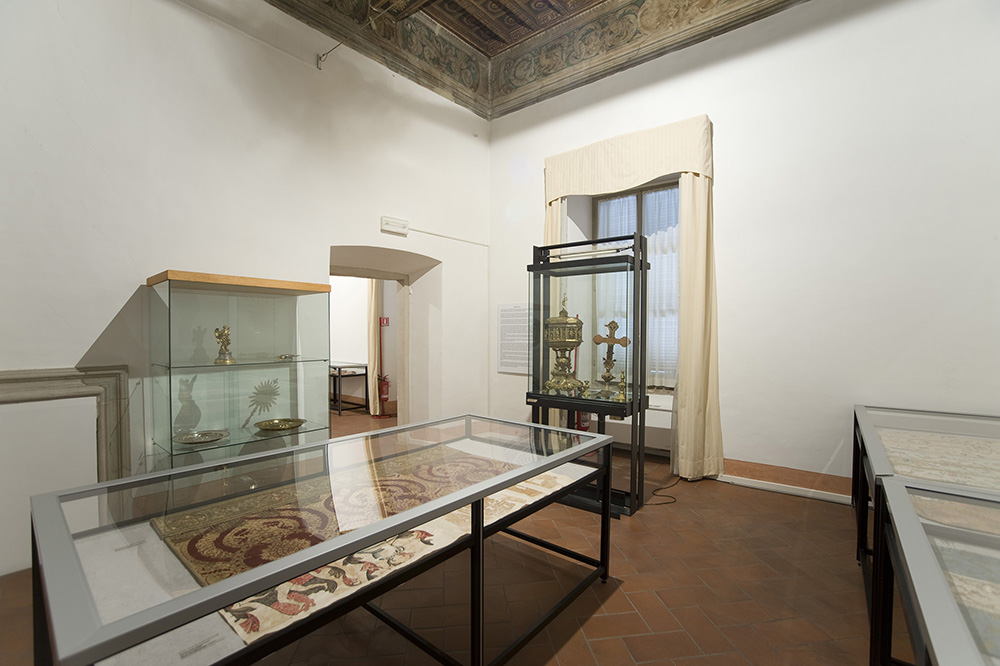he "Pompeo Aria" National Etruscan Museum in Marzabotto illustrates the history of the archaeological site which extends into the large surrounding park. The consistency of the remains of the ancient city, which occupied the Pian di Misano and the Misanello high ground from the end of the 6th to the middle of the 4th century B.C., make Marzabotto a unique case in the panorama of Etruscan towns. The abandonment guaranteed the preservation of the urban layout in its original design so that even today we can still walk along the ancient streets along which there are houses, craft areas and sacred buildings. The museum connected to the archaeological area of Kainua preserves the most significant elements recovered during the excavation campaigns. On display are the finds found in the necropolis (Attic vases, bronzes, tomb markers, balsamars) and materials from old and new excavations in the town, on the acropolis and in the sanctuary fontile, among which the head of Kouros in Greek marble stands out for its exceptionality. The last room houses two funeral trousseaus, one of which with marble markers, found in 1969 in the nearby centre of Sasso Marconi.
